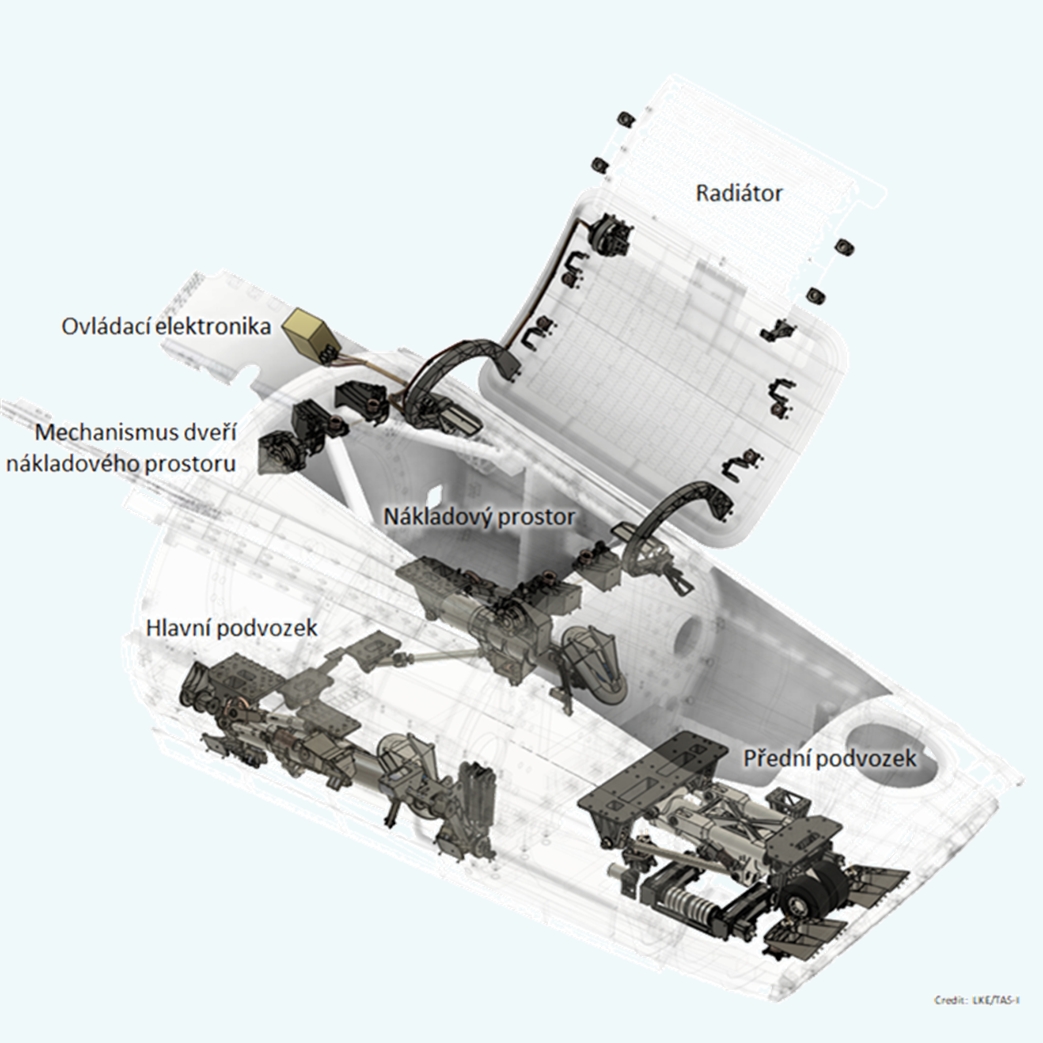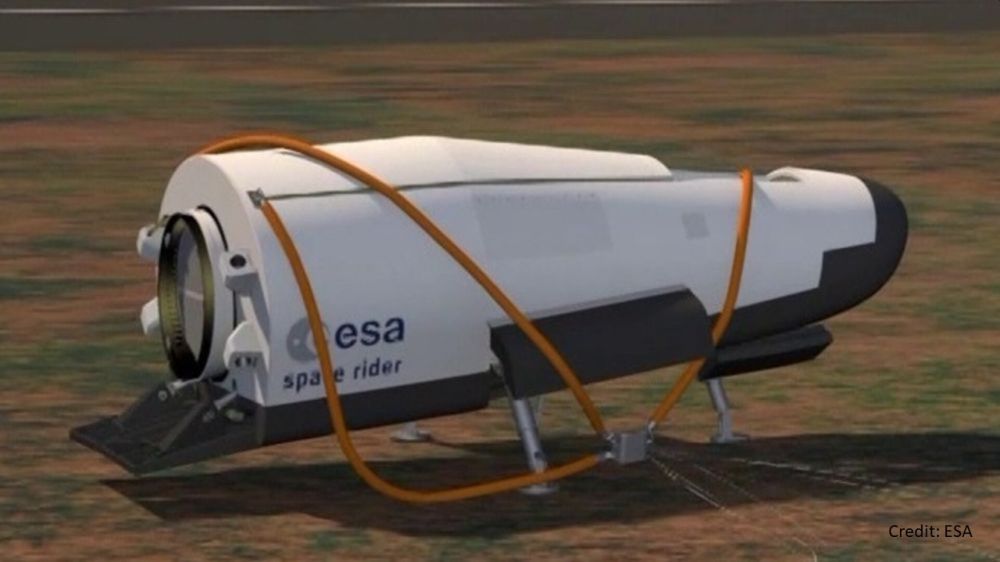SPACE RIDER
mechanisms & landing gear
The Space Rider is a continuation of the European Space Agency's (ESA) plans to operate a machine that will be able to carry satellites or scientific experiments into orbit and return to Earth for further use. The Space Rider will be launched by a Vega-C rocket and will be equipped with a Service Module to provide main propulsion and electricity and a Reentry Module using the "lifting-body" principle - a non-winged body that is capable of controlled flight through the atmosphere by its shape alone. The entire Reentry Module is about the size of a large passenger car.


The Space Rider builds on the success of the IXV (Intermediate Experimental Vehicle), which ESA successfully tested in 2015. Unlike the IXV, the Space Rider will be capable of more than two months of flight, will have a versatile payload bay for 800 kg of commercial and scientific cargo, and will be able to land on solid ground instead of in the ocean using a steerable parachute and retractable landing gear, allowing it to be rapidly reusable.
A consortium of L.K.Engineering, Frentech Aerospace, and Evolving Systems Consulting will design, manufacture, and qualify a complete Cargo bay Door control system for the Space Rider re-entry module. This system must be active, meaning that it will use special electric motors and sensors to run and control the mechanisms. This will allow the door to be controlled at will during the mission and ultimately to safely secure it prior to reentry.
L.K.Engineering and Frentech Aerospace will also supply the complete Landing Gear system for the Space Rider re-entry module - landing gear door opening mechanisms and the landing gear itself. Unlike the Cargo Bay Door, these systems are so-called passively motorized, that is, based on stored or external mechanical energy. All of these systems must survive the conditions of free space and repeatedly operate reliably over large temperature ranges and coastal atmospheric conditions. The Landing Gear system will be equipped with a network of sensors to help operators to accelerate preparation and refurbishment for the next mission.
One re-entry module will be designed for a minimum of 6 space missions, giving Europe a new range of options for returning systems and payloads from orbit. Until now, this option has been reserved for ESA only by Soyuz and Dragon spacecraft, and only from the board of the ISS






